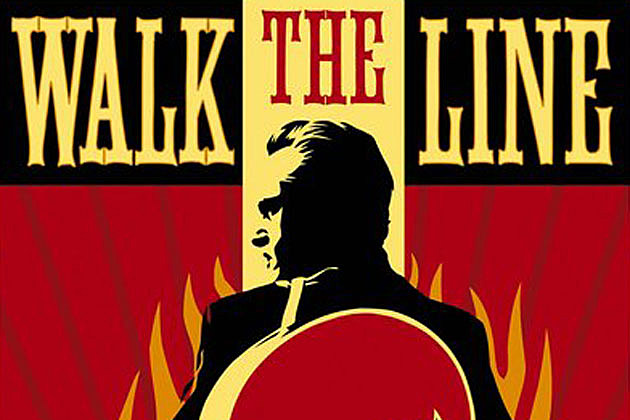
I noted that the FCA is holding the new UK banks to account for their mishaps over customer onboarding and, specifically, their lack of due diligence:
Barclays’ fraud prevention team spotted a problem: some customers had handed over millions of pounds to a single, suspicious Monzo account in a matter of weeks.
As I said a year ago: “my worry is that where FinTech moves into core banking territory, they are doing it more and more badly with more and more risk”. Equally I’ve blogged several times that the result of this is that the neobanks, specifically Monzo, are now offboarding customers with little notice and little empathy.
There’s a balance between growth and risk, and many of the new banks have not recognised or understood this. That’s why the regulator is stepping in. The thing is that this balance between growth and risk is the same as the balance between innovation and regulation. They go hand-in-hand.
I’ve talked about this for a long time – the balance between innovation and regulation – and feel there is an answer. The answer is that innovation must take place and be encouraged; but it needs to be tested and trusted. That’s what the sandbox is meant to achieve, but it has not. The sandbox creates a testing lab that is not real. The reality is when the innovation hits the market and proves whether it can be trusted.
So often, financial innovations create products and services that cannot be trusted. There are so many examples. Collateralised Debt Obligations (CDOs) in America; peer-to-peer (P2P) lending in China; neobanks in Europe … the list goes on. It’s all about trust.
The issue for the regulator is how to maintain trust in the system. That’s their real concern. Meanwhile, the regulator is becoming more and more perfunctory. After all, the customer has changed their trust from the government system to the networked system.
But then again, the customer has to balance trust and risk. There are so many scams in the networked system that can rip them off. How to tell what can be trusted and what is risk?
I found it interesting when someone pinged me the other day the top scams in non-fungible tokens (NFTs), for example. Do you trust NFTs? Should you? Answer: no.
In a similar vein, those investing in cryptocurrencies should check if they’re doing it on a regulated exchange or one that is completely rogue. For example, just as the neobanks and challenger banks are being held to account by the regulators, so are cryptocurrency exchanges like Binance:
In public, Binance said it welcomed government oversight. At the same time, the firm was withholding information from regulators, maintaining weak checks on customers and acting against its own compliance department’s recommendations, a Reuters investigation has found.
The balance between innovation and regulation and between risk and trust is a fine line when it comes to money and finance. Walking that line is what banks do well; can start-ups do the same? Only with time and education ... oh, and same for their customers and users.
Chris M Skinner
Chris Skinner is best known as an independent commentator on the financial markets through his blog, TheFinanser.com, as author of the bestselling book Digital Bank, and Chair of the European networking forum the Financial Services Club. He has been voted one of the most influential people in banking by The Financial Brand (as well as one of the best blogs), a FinTech Titan (Next Bank), one of the Fintech Leaders you need to follow (City AM, Deluxe and Jax Finance), as well as one of the Top 40 most influential people in financial technology by the Wall Street Journal's Financial News. To learn more click here...

